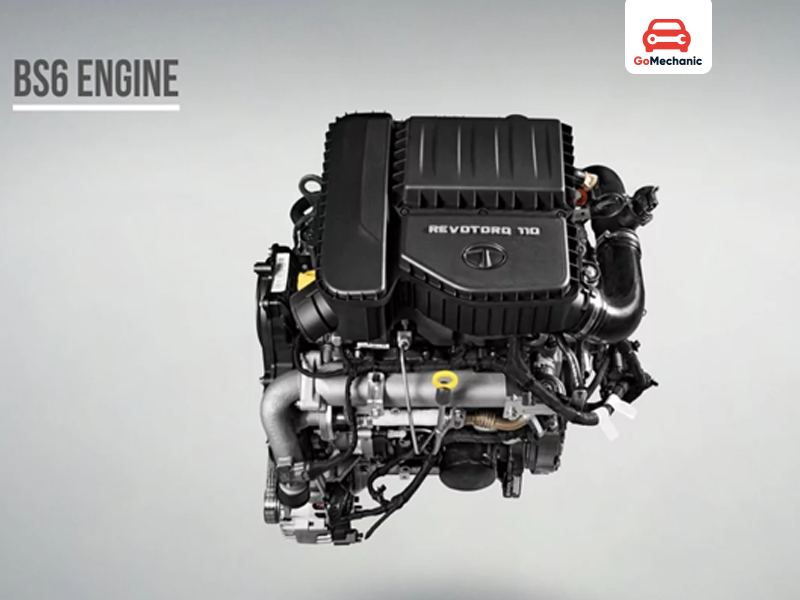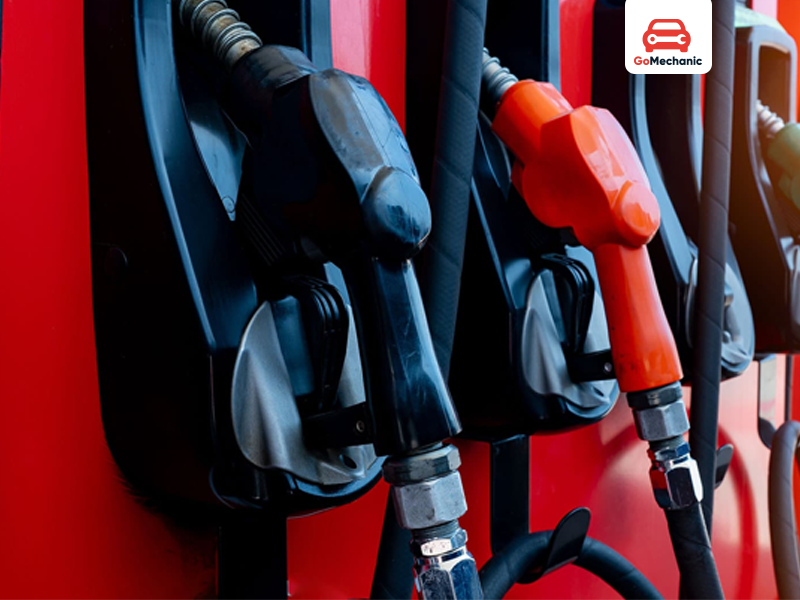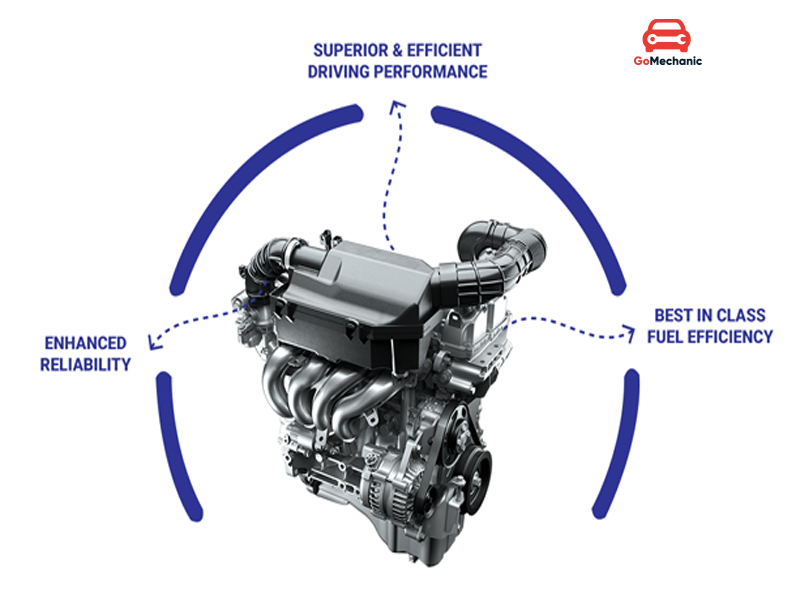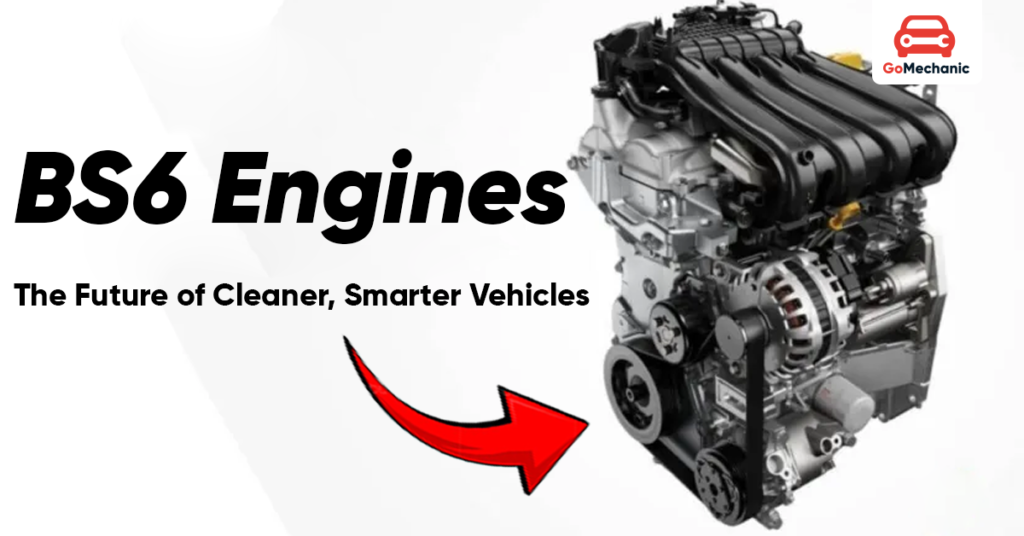BS6 (Bharat Stage VI) emission regulations are a new measure among several rules added to an Indian automobile sector that is already far too tightly regulated. It promises a cleaner and healthier environment. While pollution continues to acquire its share of international news, the BS6 emission norms are an opportunity to show to the world that India is trying to control vehicular emissions. But what exactly is the revolution with these engines compared to the earlier BS4 engines? Let us explore some of the finer details regarding this transition.
What is BS6 Engine?
BS6 engines are developed in accordance with Bharat Stage VI emissions norms-the strictest emissions relevant legislation in the world designed to minimize nitrogen oxides (NOx), particulate matter (PM), hydrocarbons (HC), and carbon monoxide (CO).

BS6 engines differ from the previous generation of engines in these manners:
- The Diesel Particulate Filter is a device,designed to capture and retain soot particles from diesel exhaust and emissions.
- Selective Catalytic Reduction is the technique involved in minimizing NOx emissions by converting them into nitrogen and water with an aqueous urea-based Adblue solution.
- The Exhaust Gas Recirculation system helps reduce combustion temperatures, thereby also reducing the formation of NOx.
- On Board Diagnostics, refers to the real-time emissions monitoring and compliance system to ensure the compliance of emissions by the engine manufacturer throughout the engine’s life.
Related: What is an Engine Mount: How does it work?
How Does BS6 Differ from BS4?
| Feature | BS4 | BS6 |
| Emission Standards | Higher emissions of NOx, PM, and CO | Significant reduction in NOx (68% in diesel, 25% in petrol) and PM (80%) |
| Sulphur Content in Fuel | 50 ppm | 10 ppm |
| Particulate Filters | Not mandatory | DPF mandatory for diesel vehicles |
| NOx Reduction Technology | Basic EGR | Advanced SCR and EGR systems |
| Onboard Diagnostics (OBD) | Basic diagnostics | Real-time monitoring of emissions and performance |
| Fuel Compatibility | BS4 vehicles could use BS3 fuel | BS6 vehicles require BS6 fuel only |
| Impact on Cost | Relatively lower manufacturing costs | Higher due to advanced technology |
| Environmental Impact | Higher contribution to pollution | Cleaner emissions, reducing air pollution |
Benefits of BS6 Engines
One of the most notable benefits of BS6 engines is a massive cut in poisonous emissions. 80% particulate matter emissions have been curtailed which plays a role in reducing air pollution. For diesel vehicles, NOx is down by 68% as compared to 25% in the case of petrol engines. This contributes hugely towards improving air quality in the urban regions that are already reeling under heavy pollution load.
BS6 fuel is formulated with ultra-low sulphur content—just 10 parts per million (ppm) compared to 50 ppm in the previous BS4 fuel. This reduction in sulphur helps in reducing the formation of harmful soot and residue, making combustion cleaner. The cleaner fuel leads to fewer carbon deposits in the engine, resulting in improved performance and longevity of the vehicle’s engine components.
SCR-DPF control devices are important from fuel efficiency and drive dynamic angles. These devices reduce hazardous emissions while maintaining engine performance. Effectively, they aid smoother and more efficient driving, with the added benefit of satisfying very stringent emission regulations.
BS6 complies with Euro VI standards, considered to be the gold standard for the world’s best emission norms. Therefore, through this compliance, Indian manufacturers will easily be able to export their products to countries that place high emphasis on environmental regulations.
Do Read: Choosing the Best Engine Oil for Your Car: Detailed Explanation
Problems with BS6 Engines

The highly advanced technology required to meet BS6 standards is responsible for making vehicles very costlier. Addition of new systems like SCR and DPF and other emission-cutting technologies makes the manufacturing much costlier, which is, in turn, usually passed on to the buyer, making the BS6 much more expensive than BS4.
Systems such as the DPF need maintenance to ensure efficiency in their use. If not kept in good condition, such systems may lead to performance loss and extra costs for repair. This increases the cost of ownership for a consumer as they would have to service regularly to keep the emission control systems in good running order.
BS6 engines are designed specifically to run on BS6 fuel. Run BS4 fuel in a BS6 engine to cause potential damage to the vital critical components such as DPF and SCR. BS4 fuel has higher sulphur levels, which clogs the vital components or degrade them completely. That might lead to costly repairs and would definitely bring down the performance levels. Fuel compatibility is now given an utmost importance to both vehicle owners as well as fuel suppliers.
There was not enough BS6-compliant fuel stations across the country in the initial phases of the rollout, making it harder for consumers to find the correct fuel for BS6 vehicles in rural and other remote areas. Though the scenario has improved with time, still, the BS6 fuel infrastructural needs must be further enhanced and accessible in order to support a seamless changeover for everyone.
Why Skip BS5?
India made a bold and unprecedented decision to bypass the BS5 norms entirely, transitioning directly from BS4 to BS6 standards. This move wasn’t just about leapfrogging a stage in emission regulations—it was a calculated, strategic response to pressing environmental and public health crises. However, this leap presented significant challenges. Automakers had to rework their product lines and incorporate advanced technologies like Diesel Particulate Filters (DPF), Selective Catalytic Reduction (SCR), and Onboard Diagnostics (OBD) in a compressed timeline. Service centers needed to be upgraded, technicians trained, and BS6 fuel made available nationwide. Despite these obstacles, the move was a testament to India’s resolve to address pollution on a war footing.
BS6 and Fuel Economy

One of the key concerns associated with the introduction of BS6 engines has been their potential impact on fuel efficiency. The integration of advance emission control systems such as DPF, SCR, and Exhaust Gas Recirculation (EGR) naturally has the effect of increasing engine complexity and can have a slight effect upon fuel consumption. For instance, DPF systems burn additional fuel to regenerate and clean the filter periodically, and SCR systems require the use of AdBlue, a urea-based solution, adding an operational cost for diesel vehicles. For the consumers, a bit of extra money gets taken out in a long run for clean air, reduced risk to health, and extended life of the engine. So even if they use slightly lower fuel than a BS4 engine, the difference will not heavily compensate for the environmental and health benefits of a BS6 engine.
Conclusion
BS6 engines would be appropriately termed as the transitional phase for India to achieve greener automobile legislation. A high acceptance ratio of electric and hybrid vehicles would be the goal, however at this moment the infrastructure, technology, and market readiness are still lacking for a mass transition.
BS6 engines bridge this gap as they make sure that internal combustion engines are developing responsibly while at the same time minimizing the footprints they create in the environment. The harmful pollutants produced by ICE vehicles have been considerably reduced through advanced emission control technologies along with the cleaner fuel that BS6 engines mandate. This way, as India accelerates its electric vehicle (EV) ecosystem development—developing charging infrastructure, reducing the cost of EVs, and increasing renewable energy capacity—conventional vehicles keep on working without disrupting nature.

